Lithospermum, Gromwell, Zi Cao 紫草
Milium Solis, GrommelZi Cao (TCM)
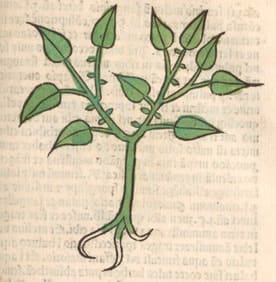 Milium solis
Milium solisHerbarius latinus, Petri, 1485
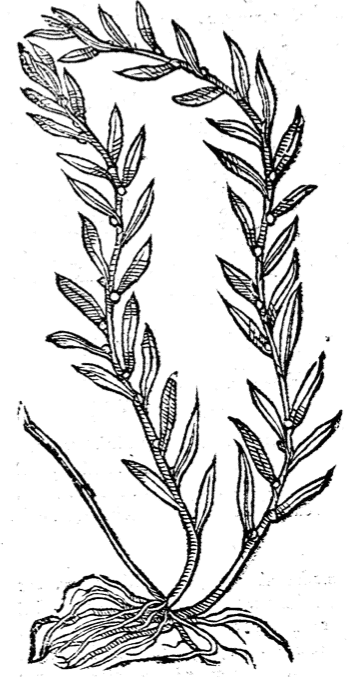
|
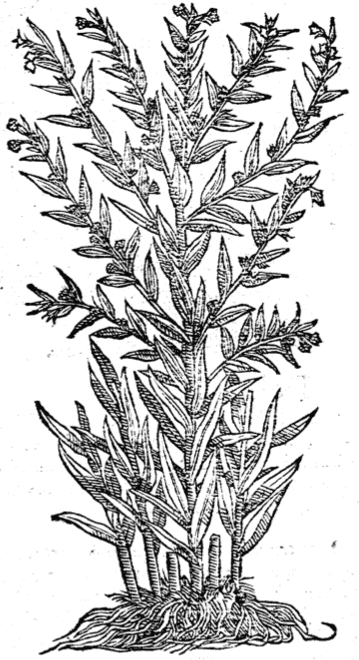
|
Dioscorides Materia Medica, Mathias, 1563
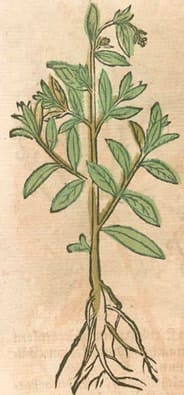
|

|
Krauterbuch, Lonitzer, 1578
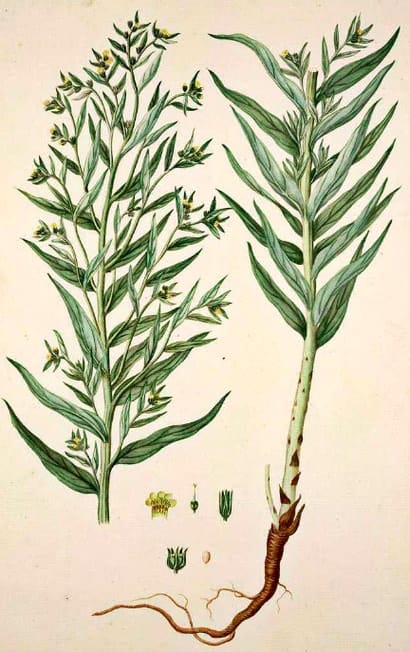 Lithospermum officinale
Lithospermum officinaleOeder, G.C., Flora Danica (1761-1861)
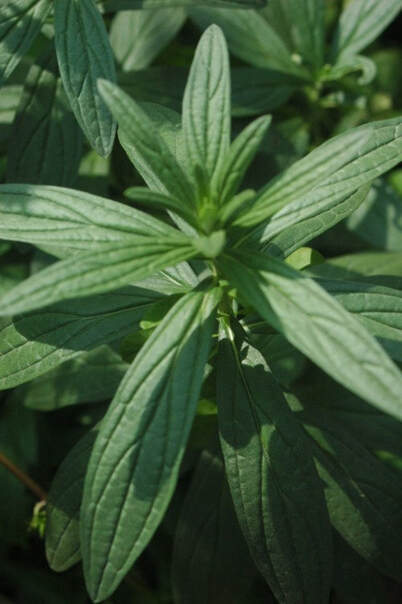 Lithospermum erythrorhizon
Lithospermum erythrorhizon(Photo by Doronenko) (Wikimedia)
 Members CLICK HERE for the PRO VERSION
Members CLICK HERE for the PRO VERSIONBotanical name:
Lithospermum spp.
1. L. officinale
2. L. erythrorhizon (syn. Lithospermum officinale L. subsp. erythrorhizon) (TCM)
Parts used:
West: Seed; less commonly the leaf or root
TCM: Root
Temperature & Taste:
Cool (TCM) / Mildly Warm (West), dry. Sweet
Classification:
B. Clears Heat, Cools the Blood
Uses:
1. Clears Damp, Promotes Urine, Clears Stones: (West, TCM)
-Edema, Dysuria, Strangury
2. Clears Heat, Resists Poison, Promotes Expression of Rashes: (West, TCM)
-Fever (West)
3. Moves the Blood, Promotes Menstruation: (West)
-Amenorrhea
4. Clears Heat, Calms the Mind:
-more recently, Insomnia, Nervousness (Duke)
Dose:
Root or Seed in Powder: 1–3 grams;
Comment:
… available in PRO version
Substitute:
Arnebia euchroma and A. guttata are used for Zi Cao in some parts of China.

Main Combinations:
1. To promote Urine, and for Stones, Gromwell seed with … available in PRO version
2. Arthritis and Rheumatism:
i. Gromwell seed with … available in PRO version
3. Back Pain, Arthritis
i. Gromwell seed with … available in PRO version
4. Measles, Skin rashes:’
i. to promote eruption of Skin Rashes, Lithospermum Zi Cao with … available in PRO version
ii. Lithospermum Zi Cao with … available in PRO version
5. Hepatitis, Lithospermum Zi Cao, … available in PRO version
6. Gonorrhea, Gromwell seed (3 drams), … available in PRO version
7. Neurodermatitis, cover Lithospermum Zi Cao with … available in PRO version
8. Burns, Lithospermum Zi Cao, … available in PRO version
Cautions:
1. Avoid overdose or long–term use. Contains pyrrolizidine alkaloids.
2. Not used in those with loose stool (TCM)
3. Has an anti-fertility effect.
Toxicity:
1. Single- and Repeat-dose Oral Toxicity Studies of Lithospermum erythrorhizon Extract in Dogs
2. Acute and 28-Day Subacute Toxicity Studies of Hexane Extracts of the Roots of Lithospermum erythrorhizon in Sprague-Dawley Rats
3. Metabolic Toxification of 1,2-Unsaturated Pyrrolizidine Alkaloids Causes Human Hepatic Sinusoidal Obstruction Syndrome: The Update
Main Preparations used:
Distilled Water of the Leaves
-
Extra Info
- Research
